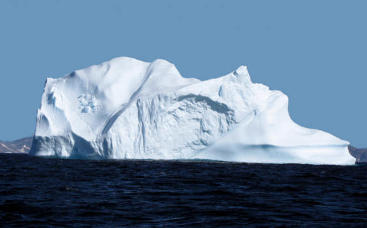Using AI to control energy for indoor agriculture
30 September 2024
Published online 15 September 2015
Climate change model predicts Arctic Ocean may act as a sink for increased CO2 in the atmosphere in the future.

© Getty Images/iStockphoto Thinkstock Images
This gives the Arctic Ocean the unique capacity to support fisheries and to participate in cleaning the atmosphere from CO2.
Melting ice opens up more surface for algae to flourish and adds freshwater to the ocean water, further decreasing the concentration of CO2 in the surface waters — which allows for an even greater uptake of CO2 from the atmosphere.
This has lead climate change scientists to hypothesize that increasing CO2 in the atmosphere may be balanced by increased primary production in the Arctic, especially during spring and summer when there is a bloom in algal growth.
However, the effect of the simultaneously rising temperature of the ocean on this CO2-driven increase in primary production had never been rigorously tested.
Now, a team of researchers from Spain, Saudi Arabia and Norway set out to the open sea in the European Arctic region, where they lowered their probes to measure CO2 concentration and primary production around communities of algae that they bubbled CO2 through under different controlled temperature conditions.
They used these data to construct a model of the dynamics of the climate change parameters in the Arctic.
Their model confirmed that CO2 increases primary production by up to ten times, but only when the temperature is low, and only during springtime when light and nutrients are in abundance. Their model predicts that in a future, warmer, CO2-rich Arctic, primary production is likely to increase to twice its current value in spring.
doi:10.1038/nmiddleeast.2015.166
Holding, J. M. et al. Temperature dependence of CO2-enhanced primary production in the European Arctic Ocean. Nat. Clim. Change http://dx.doi.org/10.1038/nclimate2768 (2015).
Stay connected: